Alaska Airlines Becomes First U.S. Carrier to Support Electronic Bag Tag

In a press release, the Seattle-based airline announced they would provide support for the new tags later in 2022.
Alaska Partners with BAGTAG to Power Electronic Bag Tags
The new program is part of a larger modernization project by Alaska, started with a self bag drop system at San Jose International Airport (SJC). The carrier partnered with Dutch company BAGTAG, which will provide the hardware for Alaska flyers. According to Alaska, the tags are designed with durability in mind, featuring a screen “tested to withstand being run over by a luggage cart,” attaching to the bag using an industrial strength zip tie.
Once flyers have an electronic bag tag, they will be able to activate the device using their cell phones. The tags have an antenna which receives data from the smartphone, which will transmit both the flight information and readable barcodes. Flyers will be able to download information to the tags once they check in, starting 24 hours before their trip.
“This technology allows our guests to tag their own bags in just seconds,” Charu Jain, senior vice president of merchandising and innovation at Alaska, said in a press release. “And makes the entire check-in process almost all off-airport.”
The new tags will be rolled out in phases, starting with 2,500 Alaska Airlines frequent flyers selected for the trial phase in late 2022. From there, Alaska Mileage Plan members will be given the option to purchase devices starting in 2023. It is unclear if the tags will be supported across other Oneworld carriers, including American Airlines.
While Alaska will be the first in the United States to go digital for bag tags, electronic bag tags are not a new concept for international flyers. In 2016, Lufthansa announced they would support the RIMOWA Electronic Tag as part of their overall baggage services upgrades.



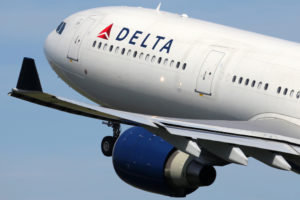










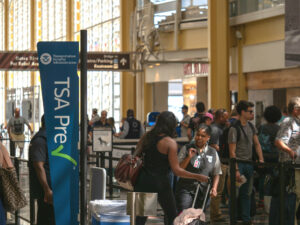




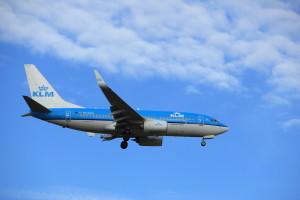
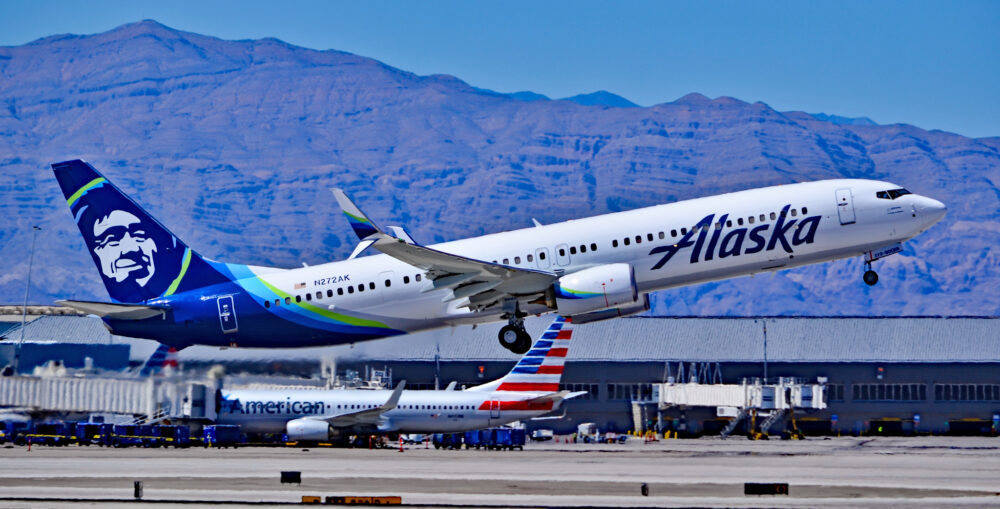


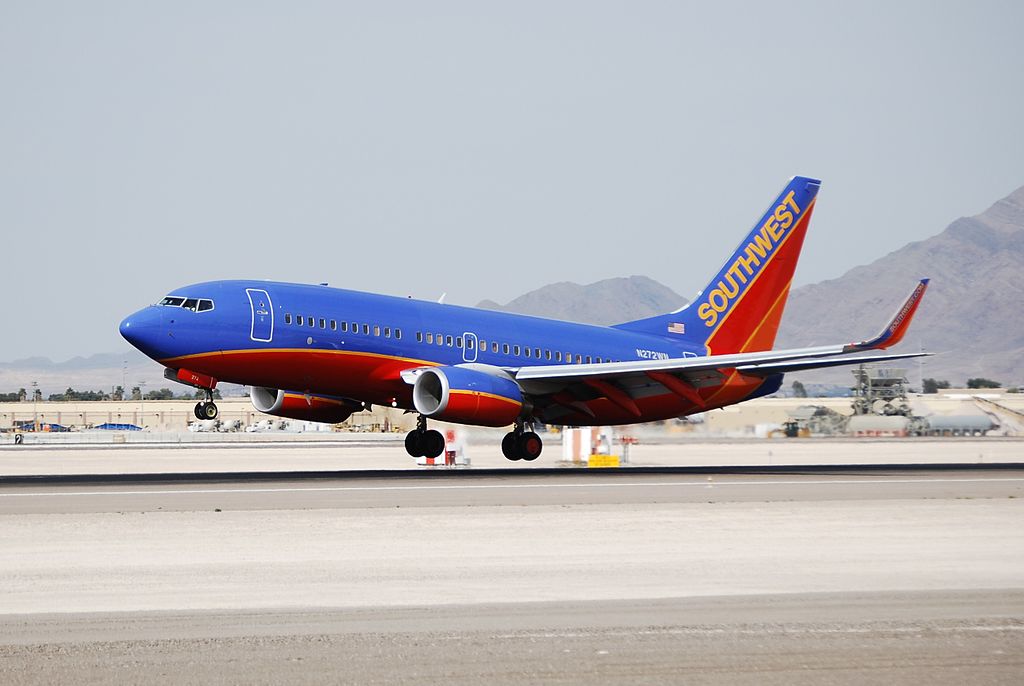

Curious how this works since obviously a battery is required. You must remove them before checking luggage now. How does this work?
Some types of batteries can be checked. For example the D-cell and AA batteries in your flashlight and TV remote. Installed Lithoum batteries under a certain size are fine. The batteries the AirTag uses are only 3V (like a watch battery) and are installed, therefore they are allowed.
I would imagine the new digital bag tags will work in a similar manner and with similar power requirements.
I'm curious how this will work if you need to do something like pay for an oversized bag? The system isn't going to know the bag is oversized until it's dropped off at the luggage drop off. Will the automated system refuse to advance your bag down the conveyer until you pay?
What about business and first class passengers? We get an increased 70lb weight limit and the agents typically give you some leeway if you're a few pounds over. Will the automated system give you leeway with the weight or will we now have to pay when we're a few pounds over when we rarely if ever had to previously?
"...makes the entire check-in process almost all off-airport..."
All a function of how the bags will be collected. Expect it will still be necessary to show ID when dropping bag (hence the "almost"), agent will then be able to verify weight and size.
Eliminating the self check-in kiosks will save $$ and time, significantly reduce premium check-in lines.
I reckon this is meant for "regular" luggage (not for oversize, a bit of leeway from the agents, or other exceptions.)